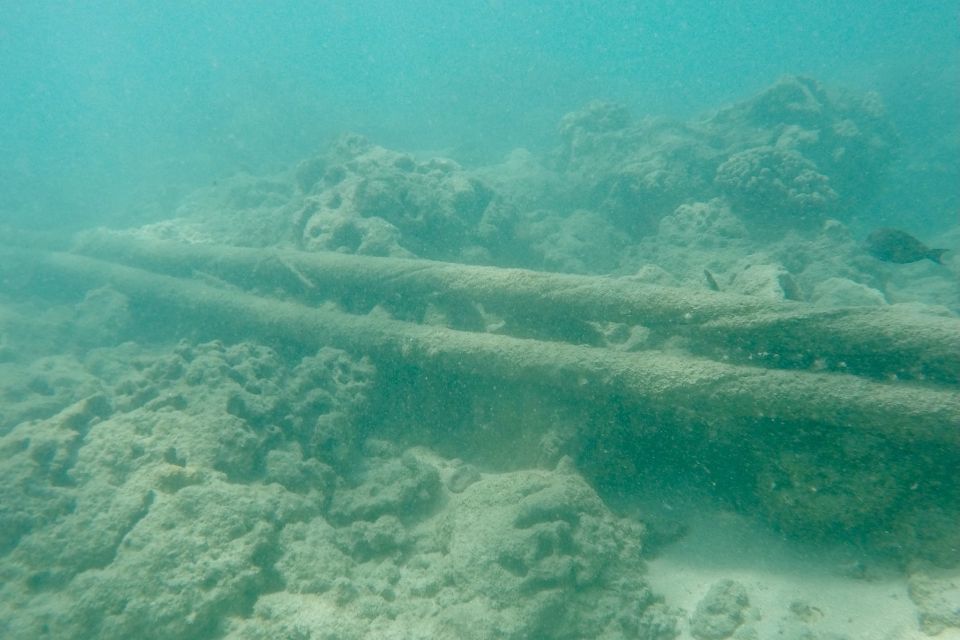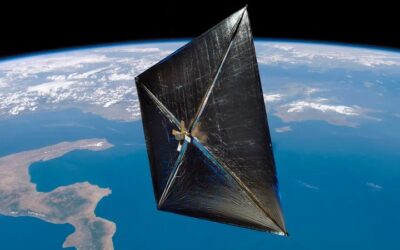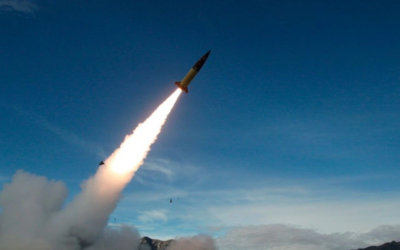The six contracts for the third Axis (Axis 3) of the “National Microsatellite Program,” between the European Space Agency (ESA) and…

TNO, the Dutch Organisation for Applied Scientific Research, has developed a method to automatically detect maritime traffic in the vicinity of subsea infrastructure.
Using optical fibres, sensors make it possible to pick up vibrations from maritime traffic.
TNO has successfully tested the method, which allows a large area along the path of cables and pipelines, to be monitored in order to prevent intentional or unintentional damage.
The Geological Survey of the Netherlands (part of TNO) have conducted successful tests in the North Sea. Using a wind-farm power cable and a telecommunication cable that runs to the United Kingdom (more than 100 km long) as sensors, data was obtained and maritime traffic close to these cables was detected.
A device, (a DAS interrogator) connected to the end of the cables (on land) uses laser light to detect vibrations along the entire cable length, over very long distances. These vibrations can be caused by earthquakes, environmental noise, ocean waves or even the sounds of marine mammals, but also by maritime traffic.
Also read: Hungary | Starts supplies of gas from Turkstream
By processing the data using an algorithm, it is possible for maritime traffic to be detected. Data from the automatic identification were used to verify the results.
Offshore cable and pipeline infrastructure is steadily growing, to meet demand for energy and communication. Being very dependent on this infrastructure, recent events of sabotage have shown their high degree of vulnerability.
Also read: SOTIRIA Technology | Participation in SWAT-SHOAL project of the European Defence Fund
READ MORE
Von der Leyen | Proposal for the creation of a European Civil Defence Mechanism
The European Commission’s President Ursula von der Leyen called for the launch of a European Civil Defence Mechanism, speaking about…
Flooding in Spain | 7,500 soldiers on the streets
King Felipe VI and Prime Minister Pedro Sanchez are expected to visit southeastern Spain today, 3/11/2024, where unprecedented…
THEON International | New orders amounting to €74 million having already exceeded €150 million in the 4th trimester
THEON INTERNATIONAL PLC (THEON) announced additional orders for the month of November. As a result of the…
UN | Iran has increased uranium enrichment to near weapons-grade levels
Iran has further increased its stockpile of uranium enriched to near weapons-grade levels, defying international pressure, according to…
Brazil | Arrests of military and police officers for plotting the assassination of President Lula
Brazilian police have arrested five officers accused of plotting a coup which included plans to overthrow the government following the…
Sweden | Leaflets with survival instructions in the midst of the Ukrainian crisis
Sweden started sending out five million leaflets to the country’s residents yesterday, urging them to prepare for a possible conflict…
Ukraine | The first ATACMS strike on Russian soil took place
The Ukrainian armed forces carried out their first strike on a border area within Russian territory with an ATACMS missile.
Finland | The first major NATO artillery exercise on its territory
The exercise is taking place in northern Lapland and is part of wider artillery exercises, which have been dubbed ‘Dynamic Front 25…























